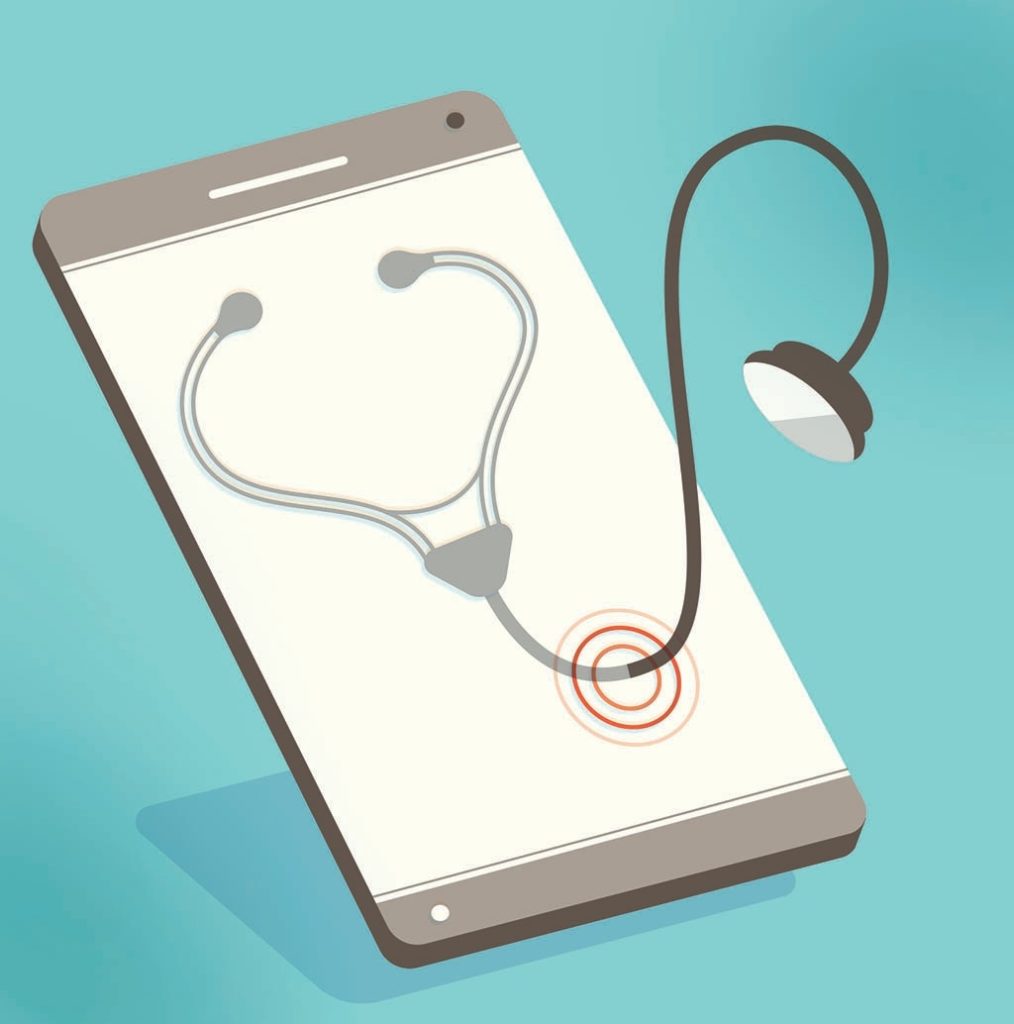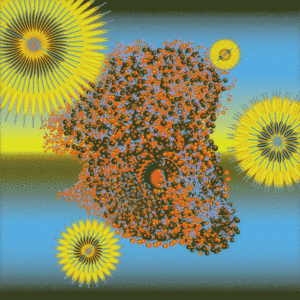The doctor is in — on your smartphone
During a pandemic, virtual house calls take off

By mid-March, Bay Area residents were under shelter-in-place orders to avoid spreading the coronavirus, but Wendy Quivey couldn’t stay home: She had badly broken her leg doing the limbo at a wedding, had immediate surgery and needed follow-up care.
After the break, her doctor referred her to Stanford Health Care, where Michael Gardner, MD, professor of orthopaedic surgery, spent three hours on March 10 piecing together the 47-year-old’s shattered tibia and ankle joint with the help of metal rods and screws. Quivey was in the hospital two nights before going home to San Mateo, California.
She had to return to Stanford for imaging to ensure her leg was healing properly, but other follow-up visits took place in her apartment, with her smartphone.
After downloading an app that allowed her to talk with Gardner via video, she showed him and his team how well she could move her foot, discussed her pain medications and described her progress in physical therapy. She held the phone’s camera over her leg so they could check her incision.
“It was so easy,” said the pharmaceutical representative and mother of a 13-year-old and a 10-year-old. “It’s so hard to find the time, being a mom with two kids and working. With a video visit, I can see my doctor on a break from work.”
Back before COVID-19, Christopher Sharp, MD, chief medical information officer of Stanford Health Care, had been encouraging physicians, nurses and other providers to conduct online visits when patients didn’t need tests or hands-on care.
Progress was slow — in 2019, fewer than 2% of patient visits were conducted virtually — but that was expected. Legal, reimbursement and technological hurdles had to be sorted out, and some patients and clinicians were reluctant.
Then came the coronavirus. By mid-April, 70% of Stanford Health Care visits were virtual, with nearly 50,000 patients having their first online medical encounter. Visits at Stanford Children’s Health exploded as well: “It’s crazy how quickly it happened,” said Natalie Pageler, MD, chief medical information officer at the children’s hospital. In just a few weeks, online pediatric patient visits mushroomed from 35 a day to more than 500.
Other health care organizations have also seen a surge in online visits, though few are as dramatic as Stanford’s: Based on insurance claim data from nonprofit FAIR Health, telemedicine across the nation grew from 0.38% of visits in February to 13% in April.
Insurance companies and government agencies aided the transition by quickly changing their rules to reimburse online health care. “Everyone got comfortable with virtual visits overnight,” Sharp said.
Once Stanford resumed non-emergency procedures and Bay Area counties starting lifting shelter-in-place restrictions, the number of online encounters dropped. They currently make up about 40% of all visits at Stanford Health Care, and Sharp is confident they’ll remain popular among patients and physicians.
“Telemedicine just makes sense for a lot of people,” he said. “It’s especially useful for working parents or people with transportation problems.”
Sharp now hopes to push telemedicine to the next level, in which patients wear devices that measure heart rate, glucose levels, blood pressure and other indicators, then transmit that information to a health care team.
“We see a possibility for a change in paradigm, where the doctor-patient relationship becomes more of a continuous interaction, instead of a twice-yearly meeting,” he said. “A lot of digital medicine is about building connections. It’s a very patient-centric mode of contact.”

